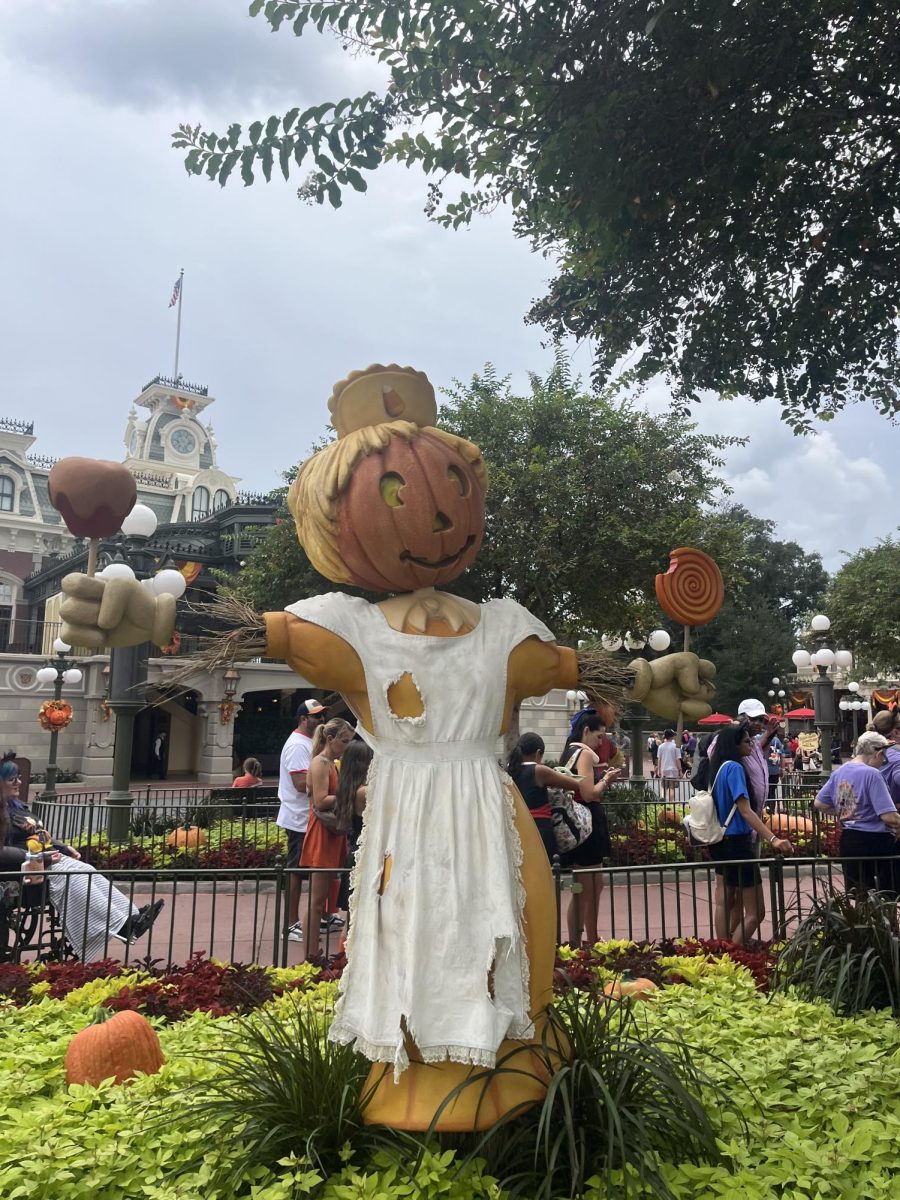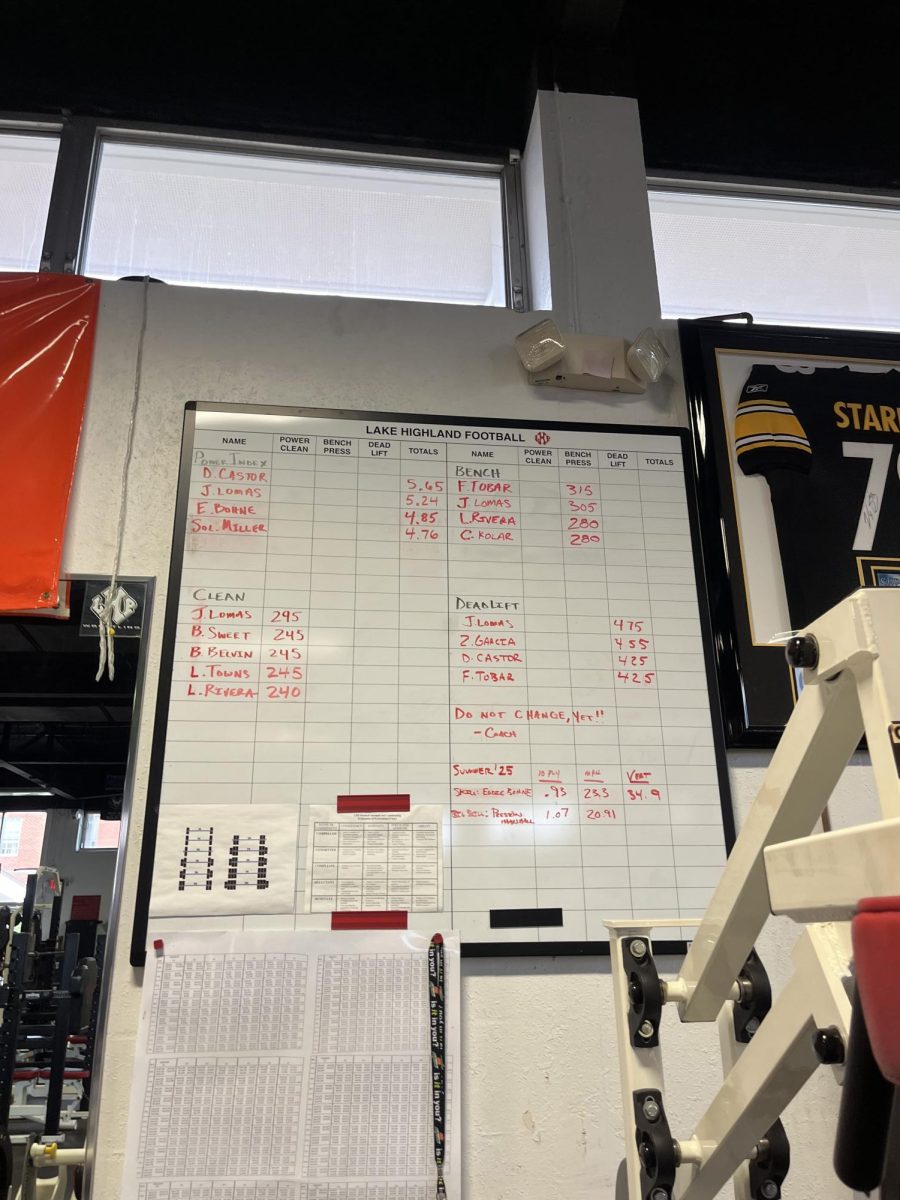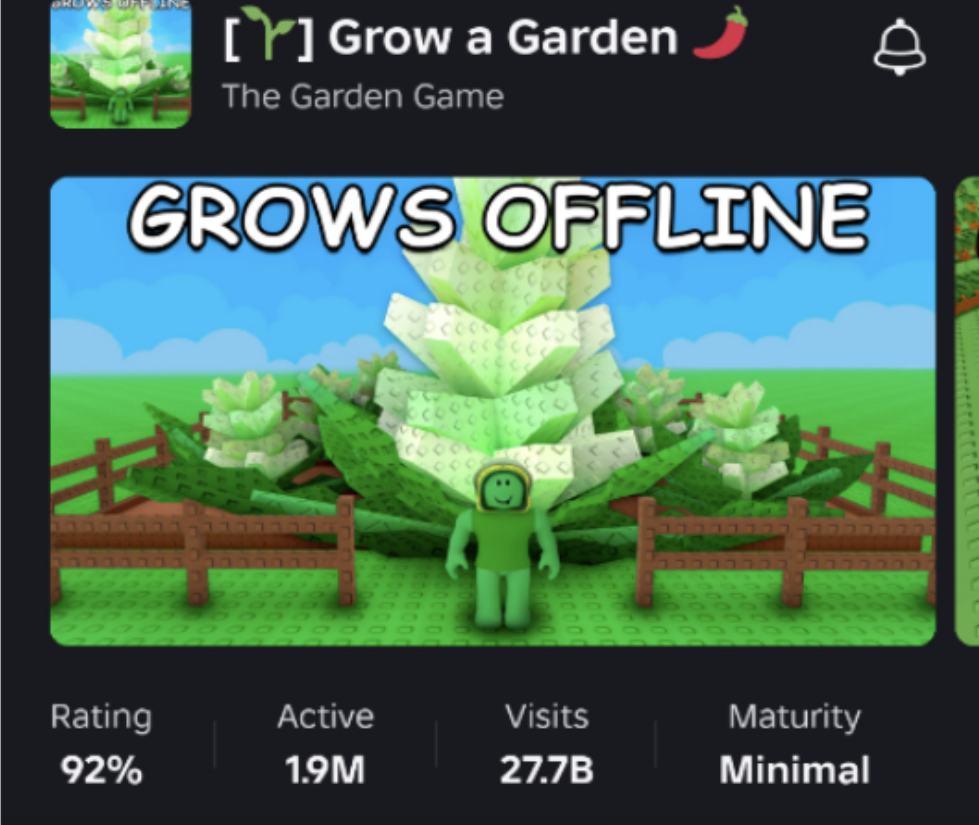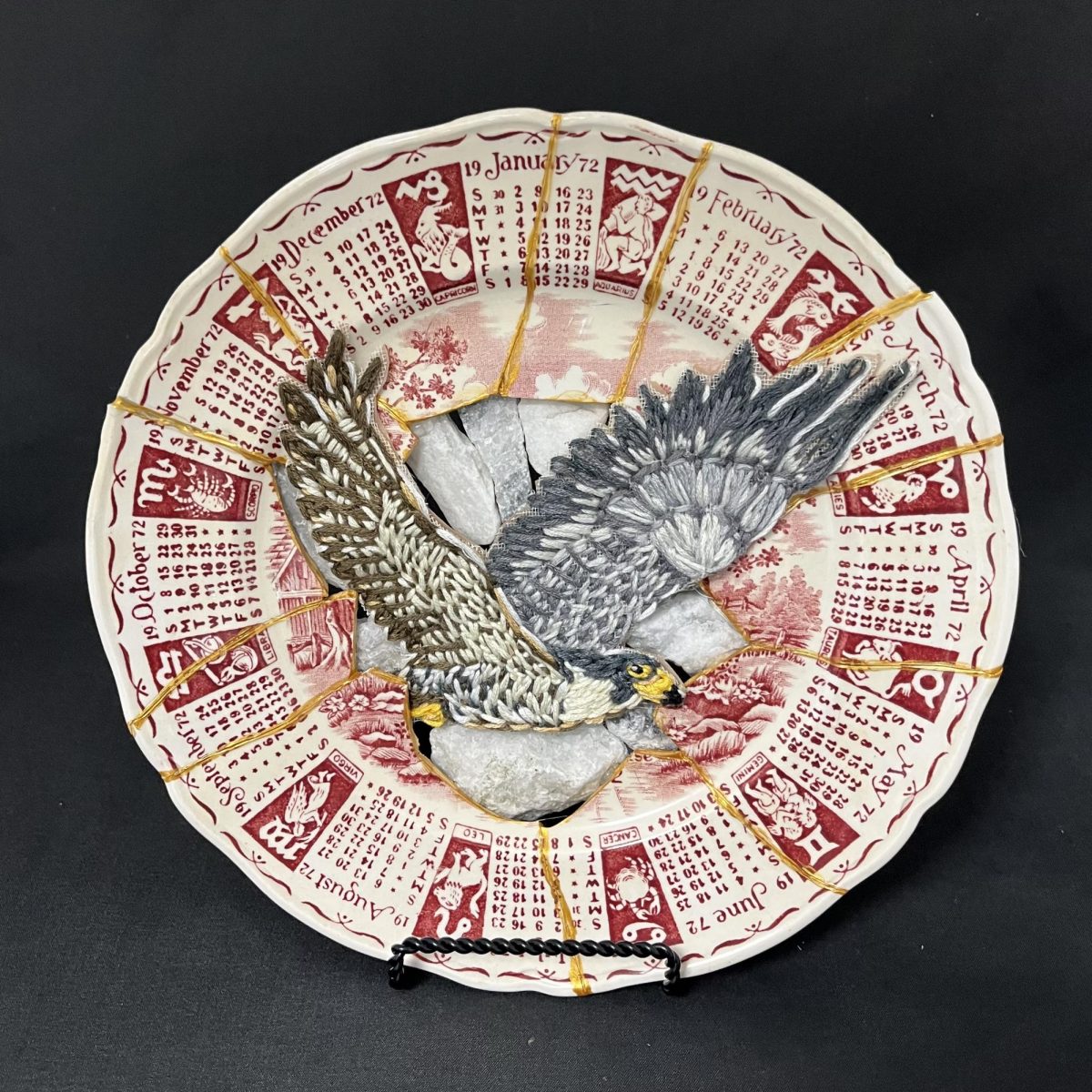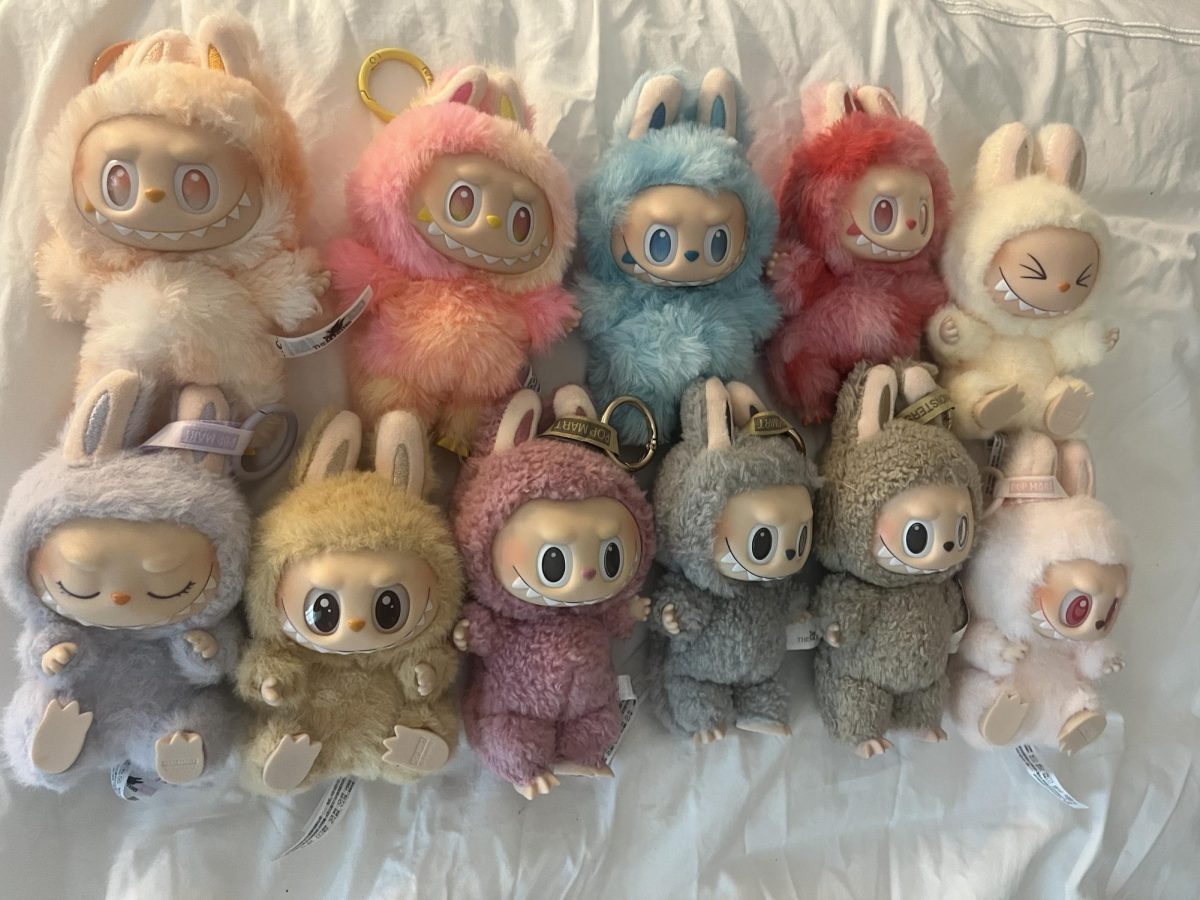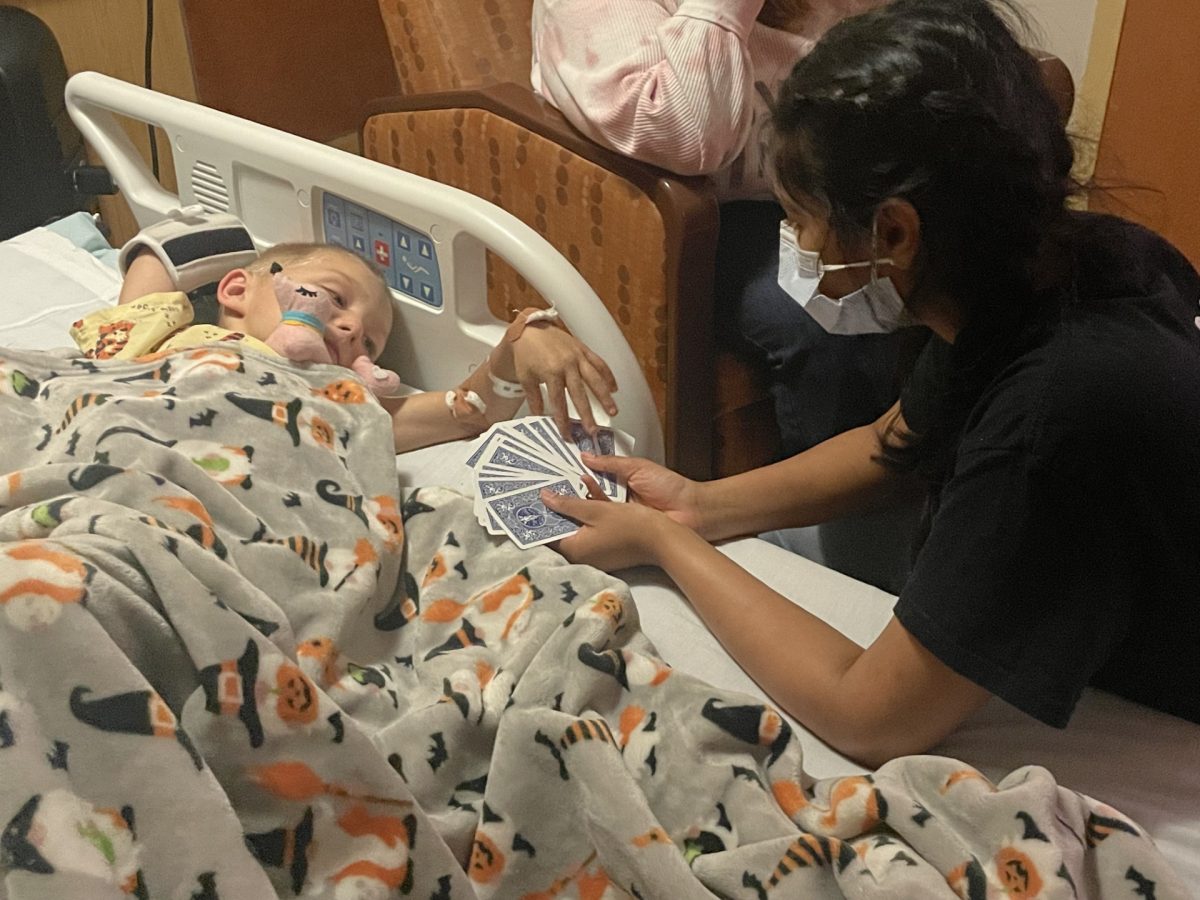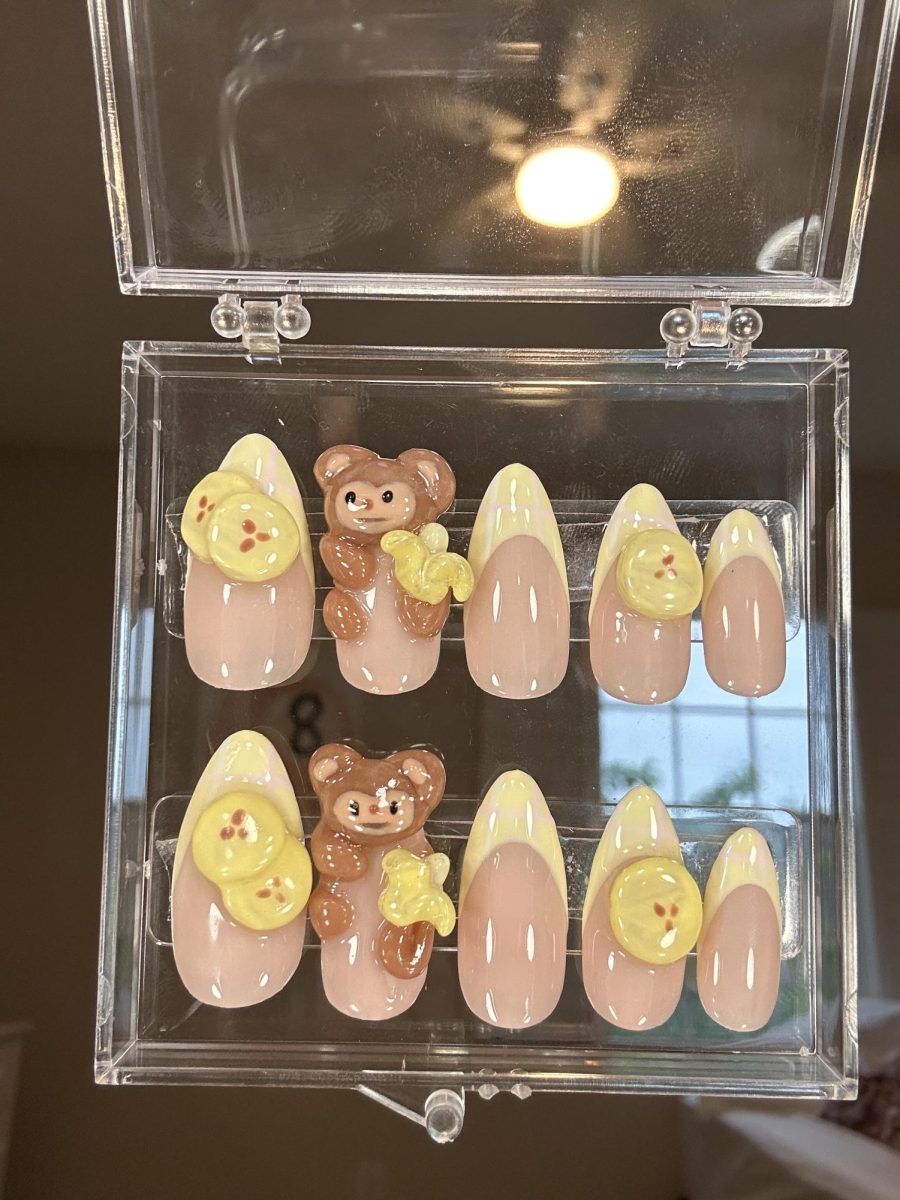As Roblox grows increasingly popular, one of the biggest games on the horizon is hosting a new event. Grow a Garden has risen to become one of the most played games on Roblox and continues to grow everyday. Grow a Garden has an average playercount of at least 1.5 million and has peaked at 21.9 million concurrent players on the game. The game releases new events nearly every week and collaborates with other huge games on Roblox to share their playercount. With this being said, Grow a Garden may boast insane playercounts, but why is this the case?
Dominic Peterson, grade 10, is one of these active players. He started playing the game, “three to four months ago,” right before Summer, and usually plays it, “Six hours everyday.” When asked why he plays the game, Dominic explained “I think it is the best game ever, and it’s so addicting I don’t think I can stop.” This indicates that Grow a Garden may have some sort of dopamine rush to keep players on the game. Dominic then explained his reasoning for spending so much time on Grow a Garden, “I needed to get 10 quintillion sheckels. There are so many plants and pets. I just need them all.” This indicates that the dopamine from the reward system of currency, pets, and plants all seem to be a huge part of why people play this game.
The aesthetics of the game are simple and relaxing, with the content being easy to understand and play. The key appeal of Grow a Garden, however, seems to be its usage of progress through growing plants and fruits to sell for the in-game currency of sheckels. Many users seem to want massive amounts of fruits to gain mutations (obtainable currency multipliers) to sell for larger and larger amounts of shekels. Shiva Sambamdam, grade 9, stated that the main reason he thought the game was addictive because, “There is always that prize at the end of the road that makes people keep playing just to get more and more stuff without a clear end.” This endless dopamine cycle of obtaining better and larger fruits to sell and obtain sheckels is a clear example of its ability to keep users engaged and playing.
Obtaining these sheckels is a rewarding and extremely effortless task as well. Chupeng Gui, grade 11, has played the game offline with, “four alternative accounts 24/7 for 2 weeks [to obtain] (2000+ zen eggs, 2000+ zen seed packs, 100+ masters, 500+ godly, etc.).” The game allows for a feature that grows all of a player’s fruits and plants while they’ve been offline so when they log back in, they are always greeted with some sort of reward and progression. Growing expensive fruits isn’t necessarily hard either, as you simply need to use either the offline feature or stay in-game in the background while doing other work. The game rewards players for essentially doing nothing, contributing to an endless cycle of prizes in order to feel fulfilled. Along with absently growing fruits and plants, the game also has the feature of trading. Trading allows users to easily obtain quintillions of sheckels within minutes of first playing the game.
The game Grow a Garden, with its massive player base, seems to be utilizing forms of dependency loops to attract and keep players of all types in its game. With its fast and effortless progression to make players continue the never ending quest for obtaining the most amount of sheckels possible, Grow a Garden will continue to attract players and inflate its popularity. Even recently, Grow a Garden has reached a new peak of 22 million active concurrent users from a single event.










